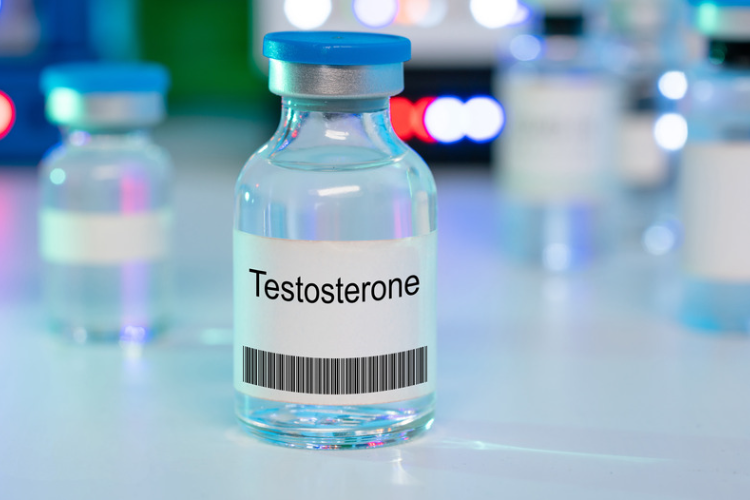Introduction
When preparing for testosterone replacement therapy (TRT), it’s important to understand the basics of this medical treatment. TRT is a form of hormone replacement therapy. Its aim is to increase testosterone levels in the body for individuals with low or deficient levels of the hormone. It is typically prescribed by a qualified healthcare provider and can be administered in various forms, including:
- Injections
- Patches
- Gels
- Pellets
TRT can have significant benefits for individuals who have symptoms associated with low testosterone levels, such as fatigue, decreased muscle mass, reduced libido, and mood changes. However, when preparing for testosterone replacement therapy, being informed and prepared for the treatment journey is important.
Consultation with a Healthcare Provider
The first step in preparing for TRT is to schedule a consultation with a qualified healthcare provider. This could be a primary care physician, an endocrinologist, or a urologist. During this consultation, your healthcare provider will review your medical history, and perform a physical examination. They may order blood tests to measure your testosterone levels. It’s important to provide a comprehensive and accurate medical history, including any existing medical conditions, medications you’re currently taking, and any previous treatments or surgeries. Be prepared to discuss your symptoms, concerns, and expectations with your healthcare provider, as this will help them determine if TRT is an appropriate treatment option for you.
Understanding the Risks and Benefits
Before starting TRT, it’s essential to understand the potential risks and benefits of this treatment. TRT can provide significant benefits for individuals with low testosterone levels, such as
- Improved energy levels
- Increased muscle mass
- Enhanced sexual function
- Improved mood
However, like any medical treatment, TRT also carries some risks. Common risks of TRT include acne, increased red blood cell production, increased risk of blood clots, decreased sperm production, and potential long-term effects on fertility. It’s important to discuss these risks with your healthcare provider and weigh them against the potential benefits of TRT to make an informed decision.
Blood Tests and Monitoring
As part of the TRT process, your healthcare provider will likely order blood tests to measure your testosterone levels before starting treatment. They may continue to monitor your levels periodically throughout the treatment. These blood tests are crucial to determine the appropriate dosage of testosterone and to monitor your response to the treatment. Your healthcare provider may also order other blood tests to monitor other aspects of your health, such as liver function, cholesterol levels, and prostate-specific antigen (PSA) levels. It’s important to comply with all blood tests and monitoring appointments recommended by your healthcare provider to ensure the safe and effective use of TRT.
Choosing the Right Form of TRT
TRT can be administered in various forms, and the choice of the right form will depend on several factors, including your personal preferences, lifestyle, and overall health. The different forms of TRT include injections, patches, gels, and pellets. Injections are typically administered every week or sometimes bi-weekly and may require a visit to a healthcare provider. Creams or gels are applied to the skin daily and deliver a steady release of testosterone throughout the day. Pellets are inserted under the skin and provide a slow release of testosterone over several months. When preparing for testosterone replacement therapy, your healthcare provider will help you choose the form of TRT that is best suited for your individual needs.









